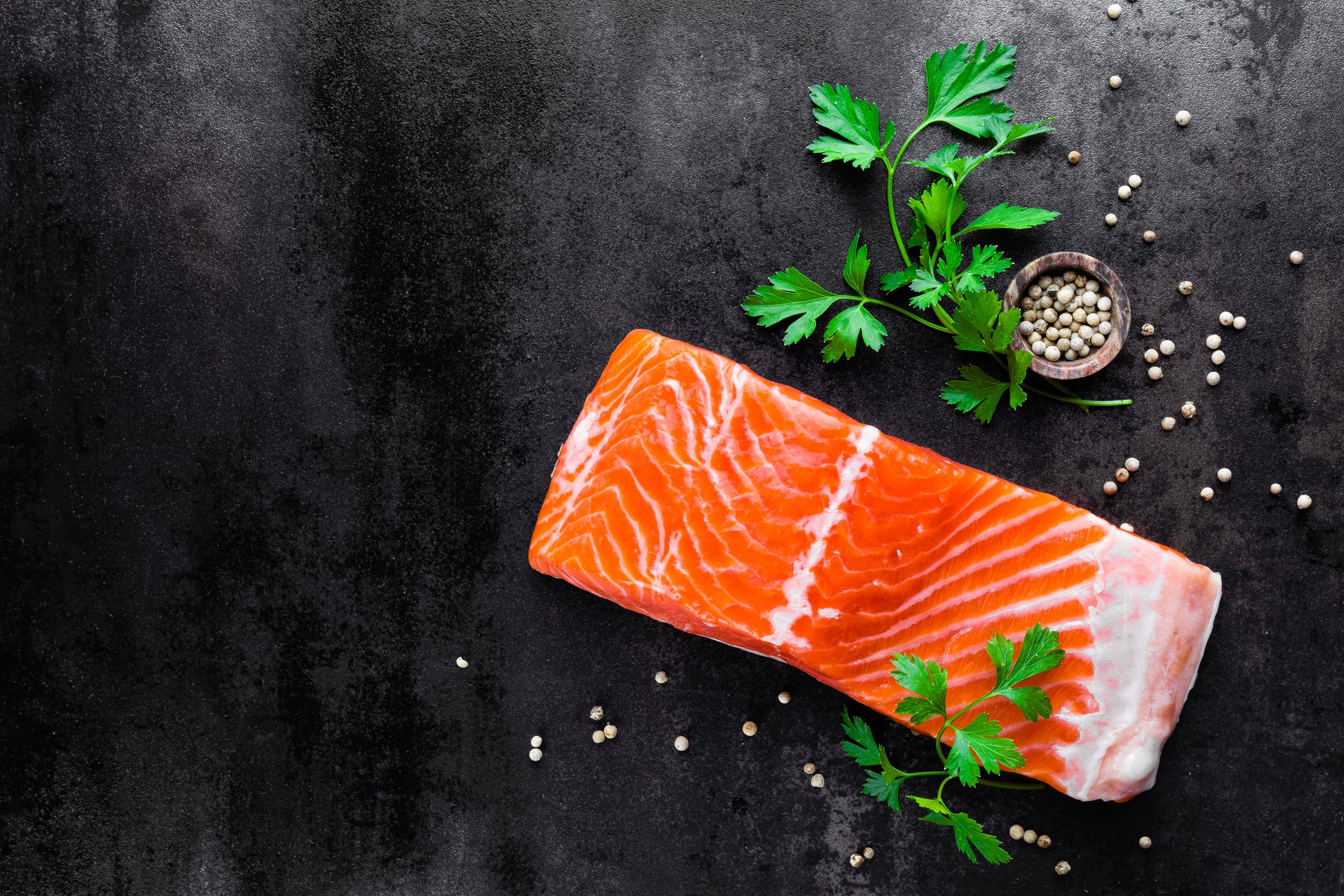Over the past 60-70 years, development of modern agricultural methods has succeeded in rapidly boosting production of key food crops and food animals to answer the needs of a growing human population. However, the health of the soil has suffered as a direct result of its intensive chemical and mechanical treatment as well as the monoculture technique of agriculture: deliberately limiting fields to supporting one type of food crop or animal. Monoculture of large tracts of land involves extensive application of herbicides, pesticides, and synthetic fertilizers, tilling (breaking up) the soil structure, and leaving fields bare between growing seasons.
After years of increasing yields of conventionally-grown crops, farmers and soil scientists have found that crop yields have begun to plateau, and may not be able to meet future food needs. Other concerns associated with modern agricultural methods are the accumulation of chemical residues in the soil, increasing need for weed- and pest-suppression measures, loss of valuable topsoil, and reduced variety in the types of foods produced. In addition, the practice of tillage is known to contribute to the loss of organic life forms in soil as well as degradation of the crucial three-dimensional structure of living, fertile soil.
The organic content of soil (often referred to as ‘soil organic matter’) is often considered its main source of productivity, and regenerative agriculture is a systematic approach to building and maintaining the vitality of soil, allowing it to sustain well-balanced ecosystems indefinitely. As pest problems in crops are directly linked to low biodiversity in fields, regenerative methods focus on restoring biodiversity to heighten natural competition among multiple native insect species in order to limit the ability of aggressive pests to flourish, a concept known as biological network strength. Eliminating tillage helps maintain insect and plant variety in regenerative fields, as does allowing growth of multiple plant species in and around fields, sowing cover crops, and natural fertilization of fields by grazing animals. Regenerative agriculture also holds considerable potential for producing farm products with consistently high nutrient density.
In this study, regenerative fields were characterized by no insecticide use, never tilling, growing multiple plant species on fields between corn-growing periods, and allowing livestock to graze on the fields between growing periods. Conventional fields were characterized by application of insecticides to seeds and fields, tilling at least once yearly to control weed growth, and leaving soil bare between crops. Regenerative and conventional fields were compared for corn growth, soil health factors, biodiversity factors, cost of soil treatments and seed, and overall profitability.
Regenerative Agriculture Benefits Consumers, Farmers, and Planet Alike

CONCLUSION
Regenerative agriculture is a unified approach to food production centered upon engendering naturally self-renewing soil fertility, with direct benefits to air and water quality as well as diversity of plant, insect, and microbial life forms. As an extension of its design, it additionally provides more diverse profit streams to farmers while sustainably supplying high-quality organic food products for consumers.


